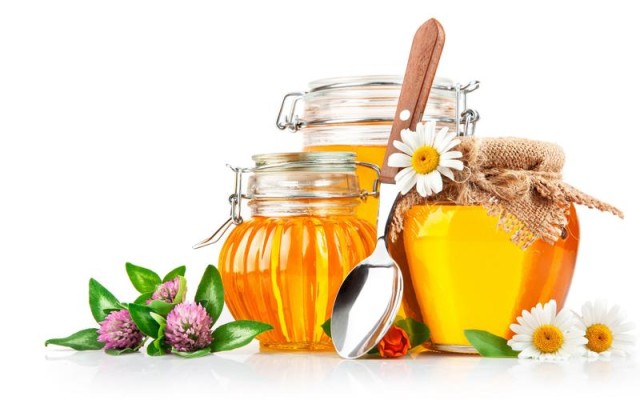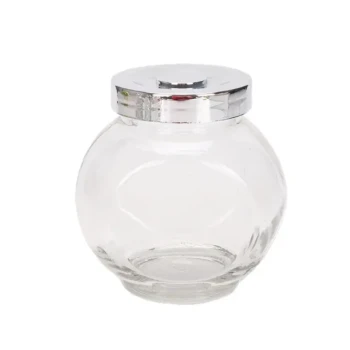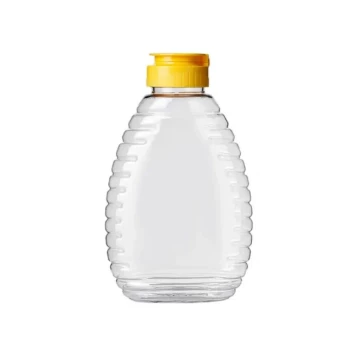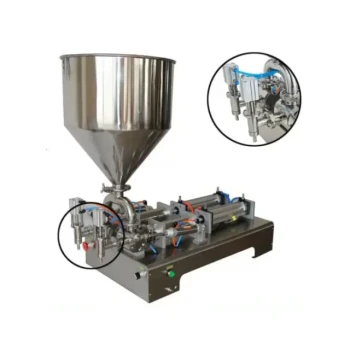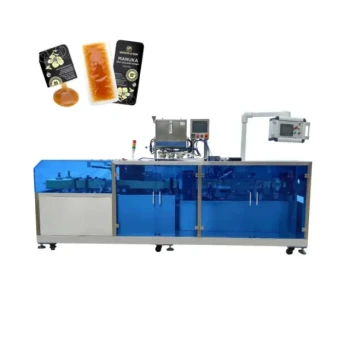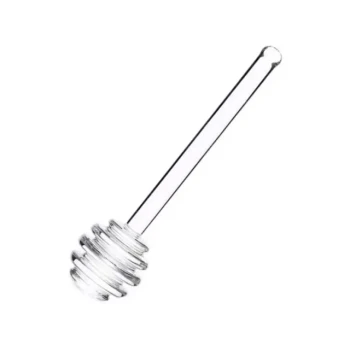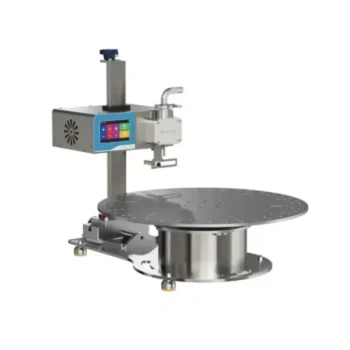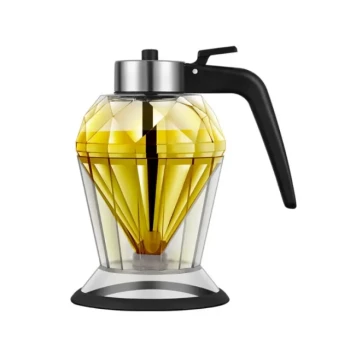Every drop of honey tells a story—from the floral sources to the careful hands that harvest it. But that story can quickly turn sour if improper containers lead to contamination, regulatory violations, or degraded quality. For commercial beekeepers and distributors, selecting the right honey containers isn’t just about storage; it’s about safeguarding your product’s integrity at every stage.
This guide breaks down container selection into three critical phases: harvesting/processing, marketing/packaging, and contamination prevention, with actionable insights to align with food safety standards and operational efficiency.
Selecting Containers for Harvesting and Processing
Food-Grade Certification: Why It’s Non-Negotiable
Honey’s acidic pH and enzymatic activity mean it can leach unsafe compounds from non-compliant materials. The FDA mandates food-grade plastics (like HDPE or PET) or glass for storage, as they resist chemical interactions. For example, studies show that non-food-grade containers may introduce trace heavy metals or disrupt honey’s natural composition.
Key checks:
- Look for "FDA-compliant" or "food-safe" labels on plastic containers.
- Avoid metals (even stainless steel for long-term storage), as oxidation risks alter flavor.
Capacity vs. Workflow Efficiency in Apiary Operations
Large-capacity drums (e.g., 60 lbs) streamline bulk harvesting but must balance portability. Commercial apiaries often use:
- Stackable HDPE buckets with gamma-seal lids for easy access.
- Intermediate Bulk Containers (IBCs) for high-volume operations, though these require climate control to prevent crystallization.
Pro Tip: Match container size to your extraction frequency—smaller batches reduce exposure to airborne contaminants during repeated opening.
Marketing Container Strategies
Balancing Aesthetics and Functionality: Glass, Plastic, or Sachets?
Consumer appeal matters, but so does shelf life:
| Material | Pros | Cons |
|---|---|---|
| Glass | Premium perception, inert, reusable | Heavy, breakable, higher shipping costs |
| Plastic | Lightweight, shatterproof, affordable | May absorb odors over time |
| Sachets | Portion control, reduced waste | Limited reusability, not ideal for bulk sales |
For bulk sales, UV-protected HDPE jugs prevent light degradation, while retail brands often pair glass jars with tamper-evident seals.
Bulk Storage Best Practices for Commercial Sales
- Temperature Control: Honey stored above 75°F (24°C) accelerates fermentation. Use insulated totes in warm climates.
- Moisture Barriers: Desiccant packs in storage areas prevent hygroscopic honey from absorbing water (which can spur microbial growth).
Mitigating Contamination Risks
Case Studies: Consequences of Non-Compliant Containers
- A 2020 recall in the EU traced off-flavors in honey to recycled plastic containers that retained residual cleaning chemicals.
- In Australia, improperly sealed drums led to yeast contamination, causing premature fermentation in export shipments.
Regulatory Standards for Global Honey Export
- EU: Requires containers with EC 1935/2004 certification (materials must not transfer components to food).
- USDA Organic: Mandates containers free from synthetic fungicides or preservatives.
- Codex Alimentarius: Limits hydroxymethylfurfural (HMF) levels, which rise when honey is stored in warm or non-food-grade containers.
Pro Tip: Document your container’s compliance certifications; retailers like Costco and Whole Foods increasingly audit this.
Protect Your Honey’s Journey—From Hive to Market
Choosing the right container isn’t just a logistical step—it’s a commitment to quality that resonates with buyers and regulators alike. Whether you’re outfitting a small apiary or managing large-scale distribution, HONESTBEE’s beekeeping supplies offer food-grade, compliance-backed solutions designed for commercial beekeepers who prioritize safety and efficiency.
Ready to streamline your honey handling? Explore HONESTBEE’s wholesale-focused container options today—where every drum, jar, and lid is engineered to keep your honey as pure as the day it was harvested.
Related Products
- Classic Drum Shaped Glass Honey Jar with Airtight Lid
- Classic Honey Bear Jars with Flip Top Dispensing Cap for Liquid Sweeteners
- Inverted Squeezable Honey Jar with No Drip Flip Top Cap for Easy Pouring
- Squeezable No-Drip Beehive-Shaped Honey Jars with Flip-Top Cap
- Pneumatic Double Nozzle Honey Filling Bottling Packaging Machine
Related Articles
- How Floral Composition Shapes Honey Texture: Managing Crystallization for Perfect Consistency
- How to Prevent Honey Fermentation: The Science of Moisture Control for Beekeepers
- How to Control Honey Crystallization: Science-Backed Methods for Beekeepers
- How Honey Storage Science Preserves Nutrients: Temperature, Light & Container Insights
- How to Choose Honey Storage Containers That Prevent Spoilage and Extend Shelf Life
